Plant of the Moment:
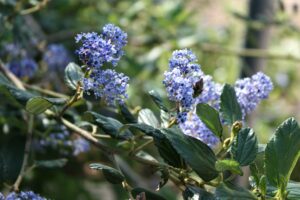
Ceanothus ‘Concha.’ It is Ceanothus season at RLC! One of California’s most beloved native shrubs, RLC’s Ceanothus are a hybrid varietal with fragrant dark blue flowers. The flowers are as attractive to bees as they are to people, so “bee aware” before you sniff! Our Ceanothus shrubs can be found near the entrance gate, along the path that leads to the Visitor Center, and throughout the California native garden. More than just a “pretty plant,” the shrub’s wood is remarkably hard. Indigenous people used the branches (which they further hardened by exposing them to fire) to dig up bulbs, dig out granaries to store acorns, and to dig up earth for large postholes. The flowers are saponaceous, which means that – when drenched in water and scrubbed together – they form a lather that can be used for washing hair and skin (with a delightful fragrance as an added bonus).
Birds of the Month:
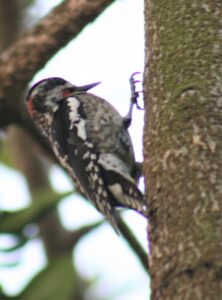
Nutall’s Woodpecker
Nutall’s Woodpeckers have recently been seen on site. These six-inch woodpeckers are black and white and have short tails. The males have red on top of their heads. You might hear them “drumming,” as they use their bill to beat against tree trunks and utility poles. They often circle round the tree trunk, working their way upward as they collect crawling insects. They occasionally hang upside down while gleaning, and they are also known for having a rapid pipping call that lasts a good second.
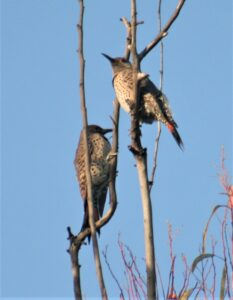
Northern Red-Shafted Flicker
Northern Red-Shafted Flickers are almost twice the size of Nutall’s Woodpeckers. Primarily brown in color, they sport both spots and stripes with a dominant dark bib on their chest. Their faces are grey, and the males have a red mustache. Their name refers to the red feathers that are visible during flight. They are quite gregarious, and sometimes as many as eight have been seen hanging out together here at the Rancho. They make a single harsh call, which is repeated at intervals. While frequently perched near the top of a tree, they too are insectivores, using their curved bill to find ants on the ground, but they do eat berries as well.
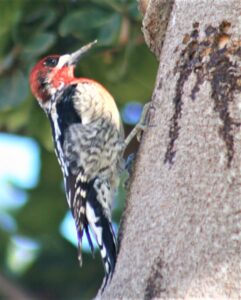
Red-breasted Sapsucker
Recently seen at RLC was a migratory Red-Breasted Sapsucker. These birds can get to be about 8” long and they have a black-and-white-barred body with a bright red breast and head. The sapsuckers that are most frequently seen in this region have black and white facial stripes. Their name comes from their habit of drilling into trees to lap up the sap. For a protein boost, they also consume insects that are attracted to the sap.
Birding Opportunity @ RLC: Thursday, March 11, 8-9:30 am. Explore the Rancho to see which birds are visiting us this month. A birding expert will be on-site to answer questions. Covid-19 safety measures are in place; no shared binoculars, masks must be worn, social distancing, and RSVPs are required. Meet in the lower lot, dress for the weather, and be sure to RSVP at https://www.rancholoscerritos.org/upcoming-event/birding-opportunity-mar-11/. Rain cancels.

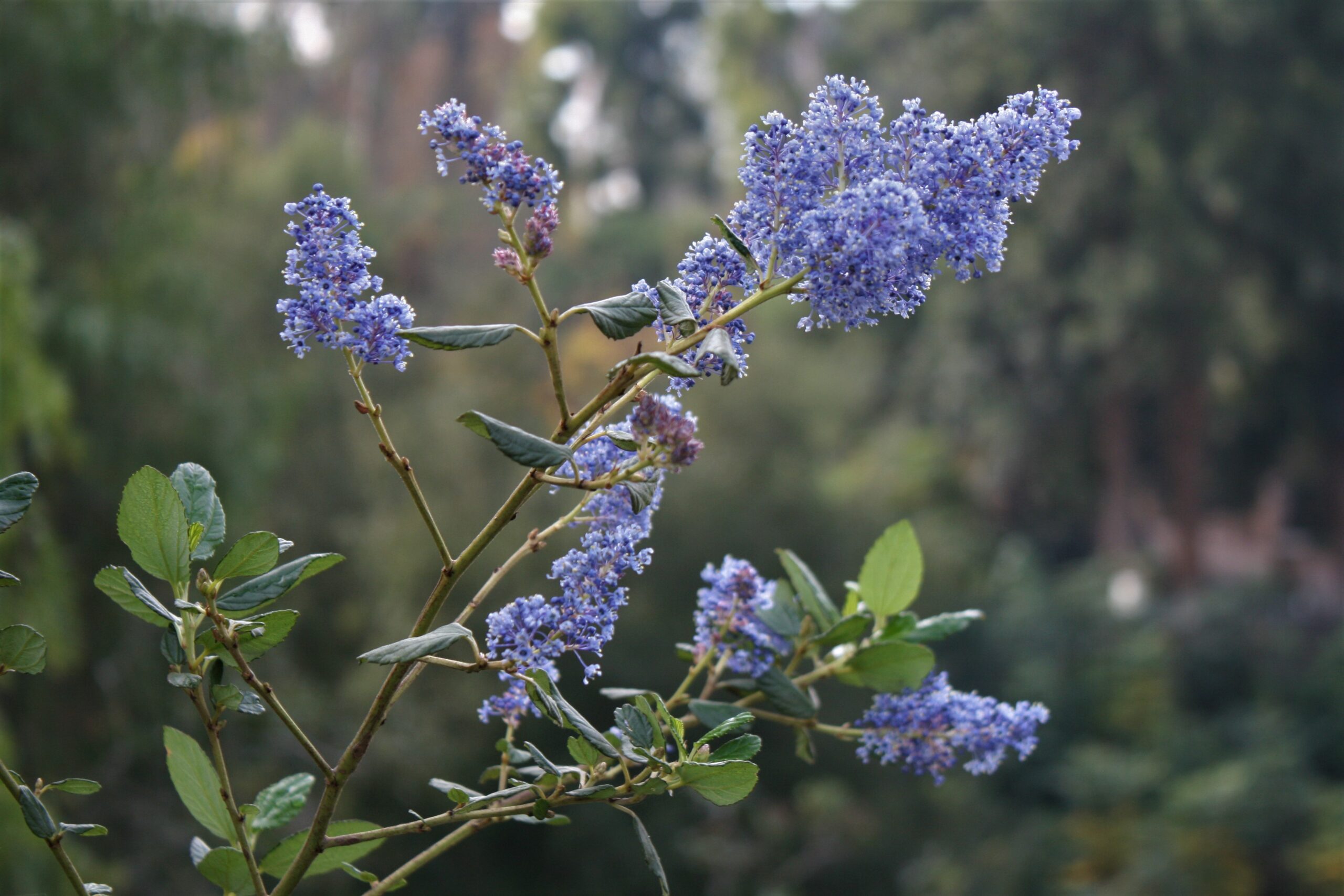
Leave a comment
You must be logged in to post a comment.